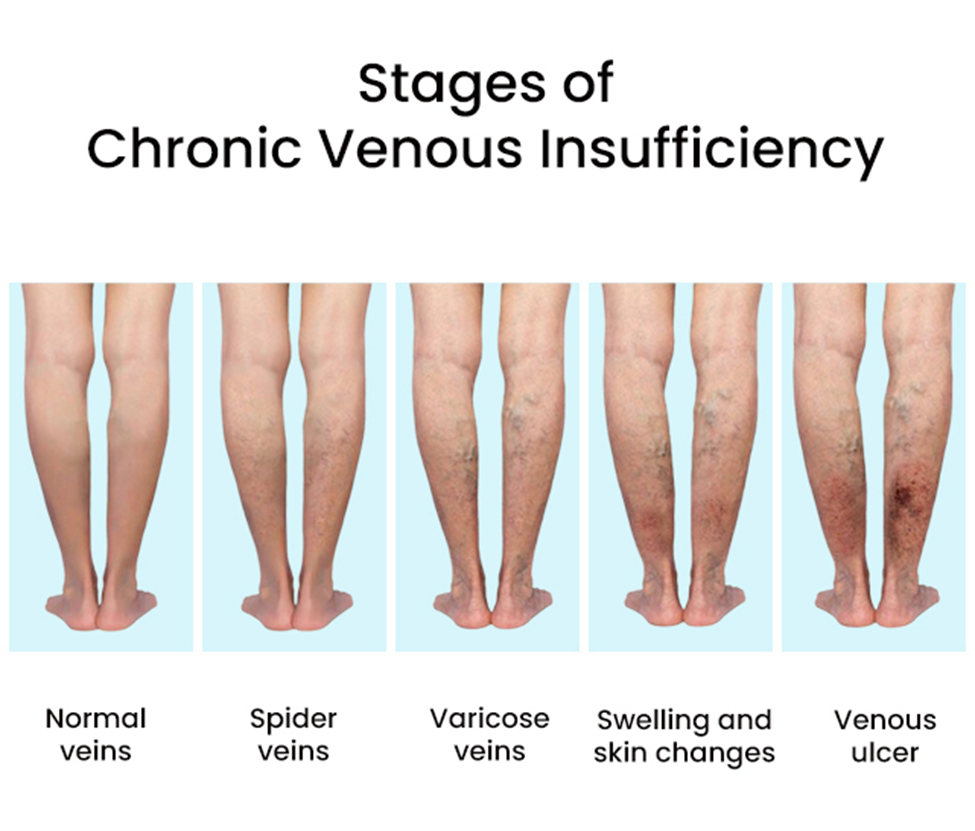A critical-care nurse is caring for a client diagnosed with pneumonia as a surgical complication. The nurse’s assessment reveals that the client has an increased work of breathing due to copious tracheobronchial secretions. What should the nurse encourage the patient to do?
Lie in a low Fowler’s or supine position
Increase oral fluids unless contraindicated
Increase activity
Call the nurse for oral suctioning as needed
The Correct Answer is D
A. Lie in a low Fowler’s or supine position:
Lying in a low Fowler's or supine position may worsen respiratory distress and compromise oxygenation. It can reduce lung expansion and increase the work of breathing, especially in patients with pneumonia. This is not a recommended position for individuals with respiratory issues.
B. Increase oral fluids unless contraindicated:
Increasing oral fluids is generally a good practice, especially in respiratory conditions like pneumonia. It helps thin respiratory secretions, making them easier to clear. However, this alone may not address copious tracheobronchial secretions. Suctioning may be needed to effectively remove excess secretions.
C. Increase activity:
Increasing activity may be beneficial for some patients, but it might exacerbate respiratory distress in others, especially if they are already experiencing increased work of breathing. The appropriateness of increasing activity depends on the specific condition and the patient's overall stability.
D. Call the nurse for oral suctioning as needed:
This is the most appropriate choice. If the client is experiencing increased work of breathing due to copious tracheobronchial secretions, calling the nurse for oral suctioning is an intervention aimed at maintaining a clear airway and alleviating respiratory distress. Regular suctioning may be necessary to assist the client in managing secretions effectively.
Nursing Test Bank
Naxlex Comprehensive Predictor Exams
Related Questions
Correct Answer is D
Explanation
A. Coronary artery disease (CAD):
Coronary artery disease primarily affects the blood vessels supplying the heart muscle. Symptoms often include chest pain (angina) rather than pain in the lower extremities. The symptoms described in the scenario are not characteristic of CAD.
B. Arterial embolus:
An arterial embolus is a blood clot or debris that travels through the bloodstream and can block an artery. While it can cause decreased blood flow and pain, the presentation in the lower left leg and foot with relief of pain at rest is more suggestive of peripheral arterial disease (PAD) or intermittent claudication rather than an acute arterial embolus.
C. Raynaud disease:
Raynaud's disease is characterized by episodes of reduced blood flow to the extremities, usually triggered by cold or stress. It typically involves color changes (white, blue, red) in the fingers or toes. The symptoms described, including pain in the lower leg and foot during walking, are not typical of Raynaud's disease.
D. Intermittent claudication:
Intermittent claudication is a symptom associated with peripheral arterial disease (PAD). It involves pain or cramping in the legs during physical activity, such as walking, due to reduced blood flow to the muscles. Rest typically relieves the pain. The observation of a hairless leg and slight edema suggests potential vascular compromise in the lower extremity, supporting the diagnosis of intermittent claudication.
Correct Answer is B
Explanation
A. Intermittent claudication:
Intermittent claudication is more commonly associated with peripheral arterial insufficiency rather than venous insufficiency. It is caused by inadequate blood flow to the muscles during activity, resulting in cramping or pain that typically resolves with rest.
B. Brownish discoloration to the legs:
Brownish discoloration to the legs, often referred to as hemosiderin staining, is a common finding in peripheral venous insufficiency. It occurs due to the breakdown of red blood cells and the deposition of hemosiderin in the tissues, especially around the ankles.
C. Weak or absent pedal pulses:
Weak or absent pedal pulses are more indicative of peripheral arterial insufficiency rather than venous insufficiency. Peripheral arterial disease can result in decreased blood flow to the extremities, leading to diminished pulses.
D. Unequal peripheral pulses between extremities:
Unequal peripheral pulses between extremities are also more suggestive of arterial insufficiency. Conditions such as atherosclerosis or arterial embolism can cause variations in pulses between different limbs.

Whether you are a student looking to ace your exams or a practicing nurse seeking to enhance your expertise , our nursing education contents will empower you with the confidence and competence to make a difference in the lives of patients and become a respected leader in the healthcare field.
Visit Naxlex, invest in your future and unlock endless possibilities with our unparalleled nursing education contents today
Report Wrong Answer on the Current Question
Do you disagree with the answer? If yes, what is your expected answer? Explain.
Kindly be descriptive with the issue you are facing.
